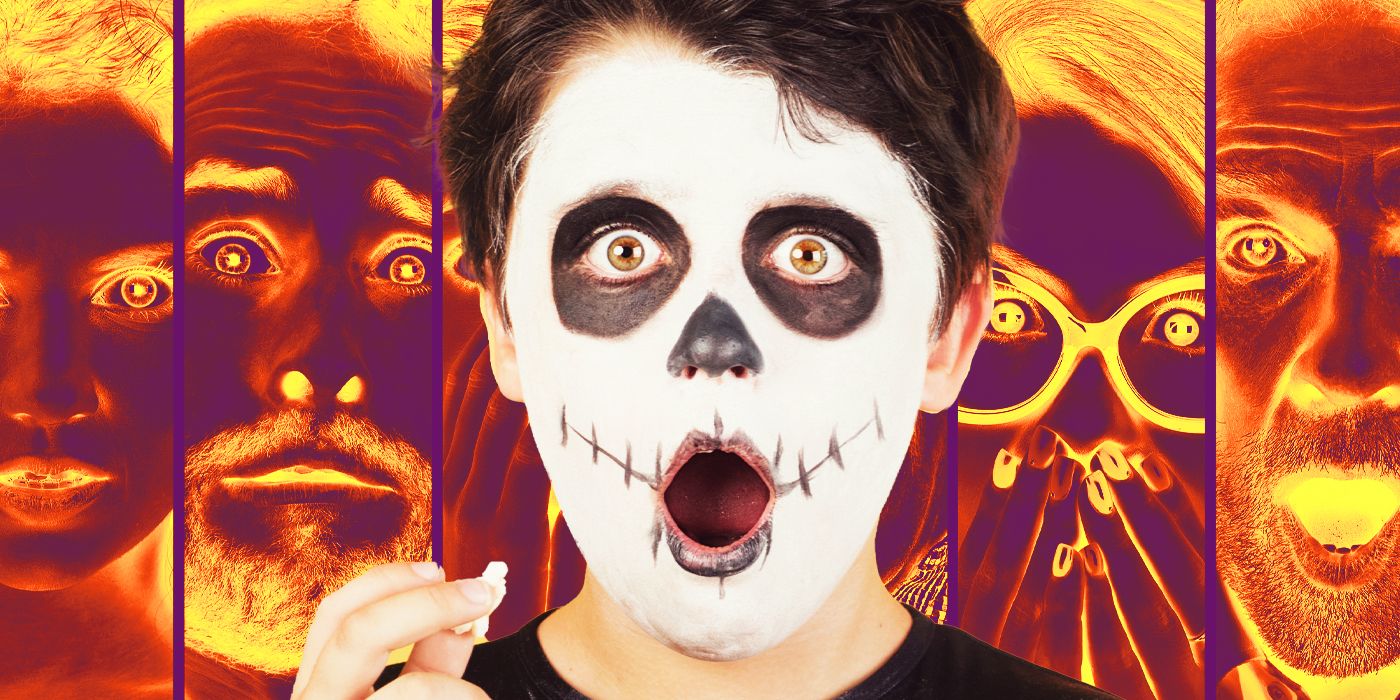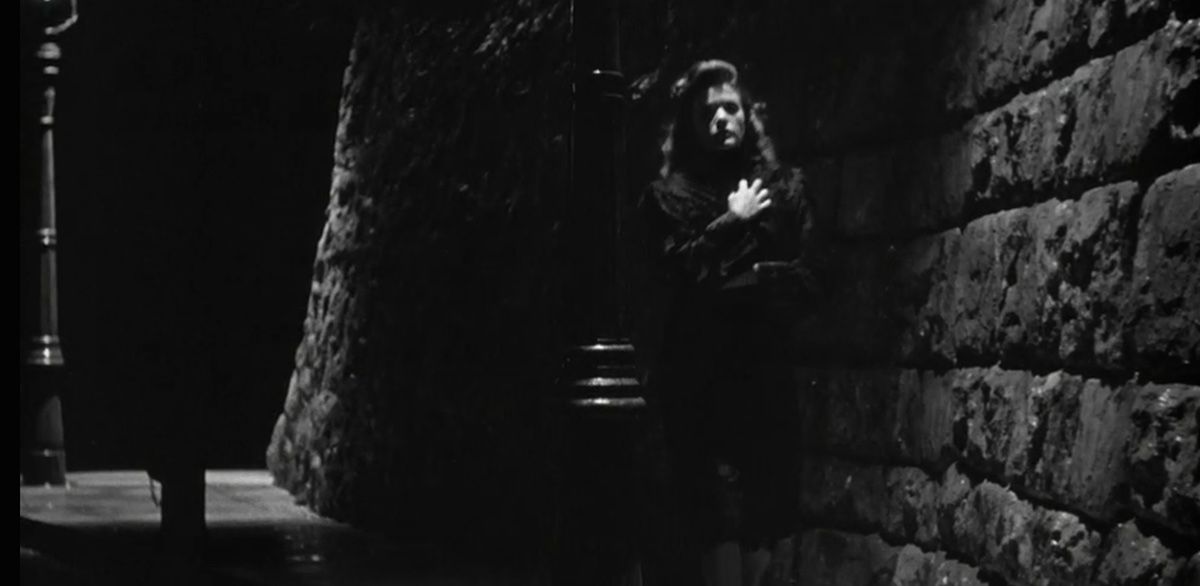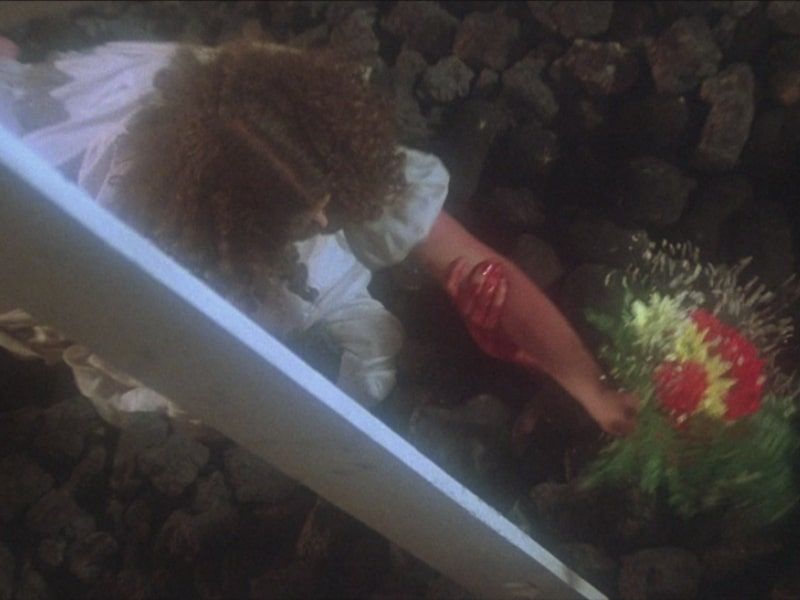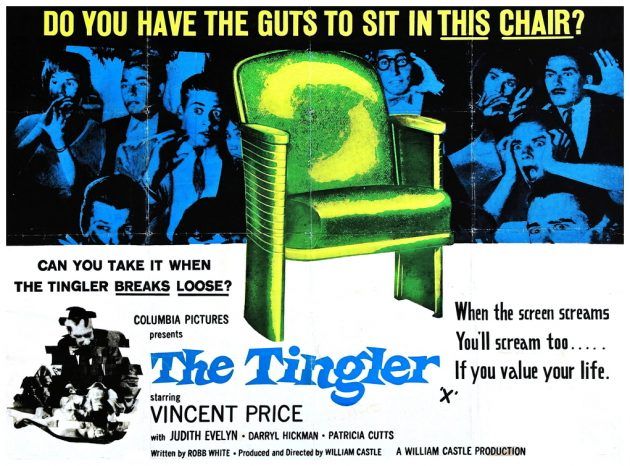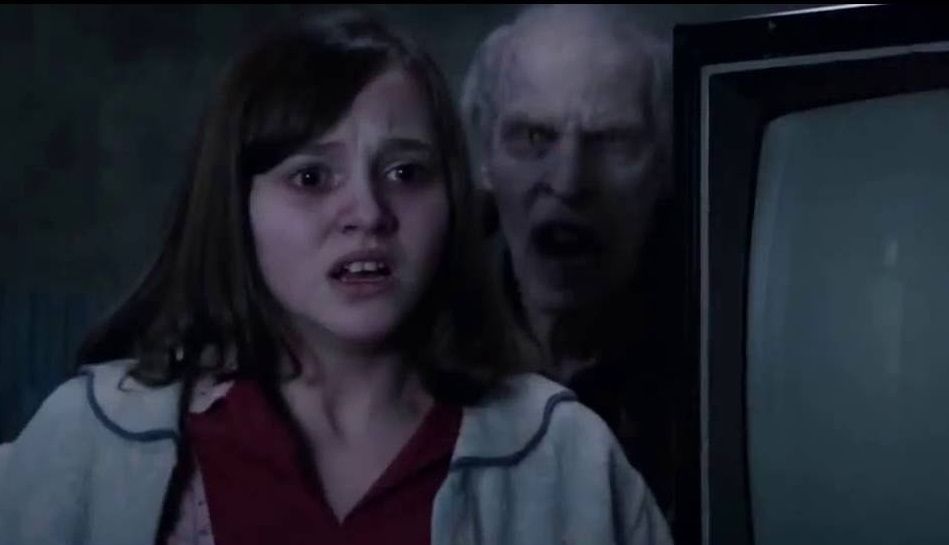Jump scares are synonymous with horror. They’re used to surprise the audience and spike their fear. But while it may seem that jump scares have taken on a larger role in the genre in recent years, they’ve actually been terrorizing audiences for many years — all the way back to 1942. Jump scares these days are often loud noises or things jumping at the screen, whereas jump scares in their early years were a full-body experience and far more interactive than one might expect.
The First Jump Scares
The jump scare made its first appearance all the way back in 1942 in the film Cat People and was created by Mark Robson while editing the film. The scene in question follows Alice as she walks home late at night and realizes someone is following her. She begins to panic and run, and due to the anxiety we feel from the character and the atmosphere of the scene we’re left on edge. The suspense comes to a surprising head as a bus comes into view loudly and suddenly, thus creating a jump scare.
This specific type of jump scare is known as “the Lewton bus” and is named after the film’s producer Val Lewton. A “Lewton bus” scare is when viewers are scared by something completely harmless, such as a cat jumping out of a cupboard or, in the case of Cat People, a bus coming screeching into the frame. It isn’t just the “Lewton bus” that is a branch of the jump scare though. There’s also the "mirror effect." The mirror effect is used when someone or something shows up behind a character in a mirror and was first used in the 1965 film Repulsion.
Jump scares in the years after Cat People weren’t in high demand, but it is to be noted that The Thing From Another World has one of the most notable jump scares in classic horror. Its use of the jump scare is completely opposite to that of Cat People as it’s not used as a fakeout – the threat to the characters is very real and unexpected.
It wasn’t until 1976 with Brian De Palma’s Carrie that jump scares truly became a mainstream technique. The scene in question takes place at the end of the film as Sue goes to place flowers at Carrie’s grave, only to have a bloodied hand shoot out from the ground and grab her. This is often regarded as the first mainstream jump scare, and it is to this day one of the most memorable and famous scenes in horror history.
But it wasn’t just visual jump scares that terrorized audiences — William Castle took the idea to new heights and became the master of gimmicks. During screenings of his films, he would provide some sort of gimmick to mess with the audience, such as a skeleton soaring down a zip line at the end of House on Haunted Hill or most famously rigging buzzers under seats during viewings of The Tingler.
The Slasher Era and Modern-Day Jump Scares
As the body count in film began to rise it was only natural that the number of jump scares did as well. So when the slasher era arose, the genre saw an influx of jump scares. At the time they seemed like a lot — and some even lobbied for jump scares to be retired altogether. It’s interesting to look back at them in comparison to the jump scares we see in modern-day horror.
Films like Halloween, The Texas Chainsaw Massacre and Child’s Play really catapulted the technique into the spotlight and gave jump scares a prominent place within the genre. But the jump scares featured within the older, or “classic” horror films feature them more subtly. They feel more natural and earned in comparison to how overused they would eventually become.
At some point, jump scares stopped being used as a fun surprise scare and became a crutch for films that wanted to shock and terrify their viewers without much-added effort. And while it definitely works, it also can sometimes come off as feeling cheap. So many films fill their runtime with cheap jumps and scares that only serve to anger the viewer. Yes, jump scares can be fun and are an essential part of the genre at this point, but they’re better when they’re built up and earned. That’s not to say films that heavily feature jump scares are bad, but they’re also not necessary to scare your audience.
Why do Jump Scares Work?
While some may find jump scares enjoyable and look forward to them, others want nothing to do with them and would rather avoid them. Unfortunately, there’s no way around being scared by a jump scare, it’s a natural body reaction like breathing and sleeping. Even if you can sense it coming, like we all do while watching a horror film, there’s no way of avoiding the inevitable flinch.
But that doesn’t mean that every loud noise or shadowy figure will induce a body-lurching reaction. Psychophysiologist Christian Grillon explained the phenomena and why some things work to give us a jump while others don’t in an interview with Inverse he said: “A shotgun or a door slamming will make you startle, but a plane that takes off will not because the intensity of the noise only increases gradually.”
You may think that knowing a jump is coming means you’ll be less likely to startle but the opposite may be true instead. Awaiting the jump scare puts you on edge and ultimately makes the inevitable jump worse once it comes. This is due to the part of your brain called the amygdala that controls fear and anxiety, as Grillon explains: “If a startle-eliciting stimulus comes, then the startle will be much larger than in a non-anxious state.”
All in all, whether you love them or hate them, it’s interesting to see just how far back in the genre jump scares go and the history behind them, as well as how they’ve evolved into the modern-day film era. They’re no longer simply loud noises or shadowy figures looming about like they were when they were new. These days they’ve become much more creative, and maybe a little excessive, but they’re an essential piece of the genre and its history.

